
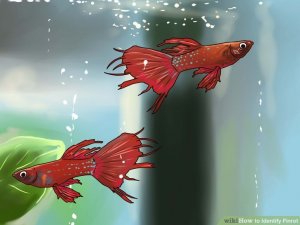 Look at the shape of your fish’s fins. Fin rot usually affects a fish’s tail fin, but can also affect other fins, such as the dorsal and pectoral fins. In the early stages of fin rot, the edge of the fin will look ragged or shredded, due to the breakdown of the fin’s protective membrane.
Look at the shape of your fish’s fins. Fin rot usually affects a fish’s tail fin, but can also affect other fins, such as the dorsal and pectoral fins. In the early stages of fin rot, the edge of the fin will look ragged or shredded, due to the breakdown of the fin’s protective membrane.
- As the disease progresses, an increasing amount of the fin will be destroyed. As more of the fin erodes away, the fin may start to resemble a semicircular bite shape.
- If fin rot becomes severe, the fin will erode to the point of being only a stump.
- A hole in the affected fin usually indicates a fungal infection, which sometimes occurs simultaneously with fin rot.
- Be aware that you may not be able to detect fin rot until the disease is fairly advanced.
- The affected areas may also have white dots, which could be indicative of a fungal infection.
- Fin rot is a bacterial disease.
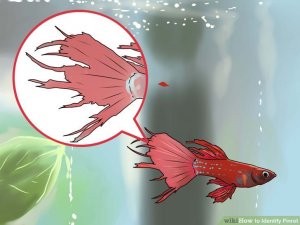 When the fins become damaged, the bacteria can enter the bloodstream through the damaged area and spread the disease throughout your fish’s body.
When the fins become damaged, the bacteria can enter the bloodstream through the damaged area and spread the disease throughout your fish’s body.
- These behaviors are not specific to fin rot, but can help confirm the diagnosis if his fin damage is characteristic of this disease.
Part 2
Determining the Cause of Fin Rot- Research bacterial causes of fin rot. Fin rot is caused by opportunistic bacteria (Aeromonas, Pseudomonas, Flexibacter). Opportunistic bacteria are usually harmless, but can cause disease under certain conditions.
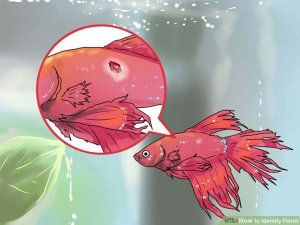 The opportunistic bacteria are likely already in your fish’s tank, but will not cause disease when your fish is healthy and his tank's water quality is good.
The opportunistic bacteria are likely already in your fish’s tank, but will not cause disease when your fish is healthy and his tank's water quality is good.
- Other bacteria linked to fin rot are Pseudomonas species and myxobacteria.
- Evaluate the water quality of your fish's tank. Opportunistic bacteria will cause disease in your fish when some underlying condition weakens his body's defenses. Poor water quality is the most common underlying condition with fin rot. For example, ammonia accumulation in your fish's tank can damage his fins, creating an entry point for the bacteria
- Nitrate—what ammonia is broken down to during the nitrogen cycle—can also accumulate in the tank and damage your fish's fins.
- Decaying live plants and leftover food can increase ammonia and nitrate levels.
- Identify stressors in your fish's life. Stress is another common underlying condition. It weakens your fish’s immune system, which reduces his ability to fight off infection. Your fish can become stressed for a number of reasons, including bullying by other fish, overcrowding, and improper human handling.
- Water that is too cold, as well as water pH fluctuations, can also be stressful to your fish.
- Check your fish for signs of physical damage. Physical damage is another underlying condition of fin rot. Bodily wounds create entry points for opportunistic bacteria to enter your fish's body and case disease. Fighting and fin nipping commonly result in physical damage.
- If you have a burrowing fish, he could easily damage his tail and fin if the bottom of his tank contains gravel instead of sand.
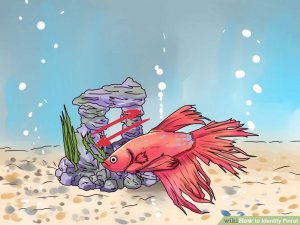

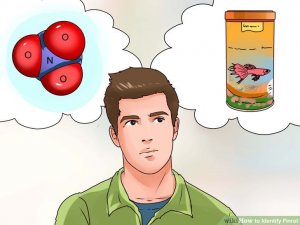
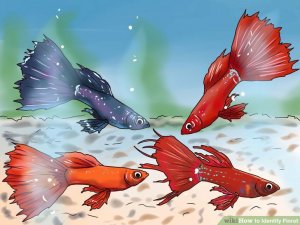
Source: www.wikihow.com









